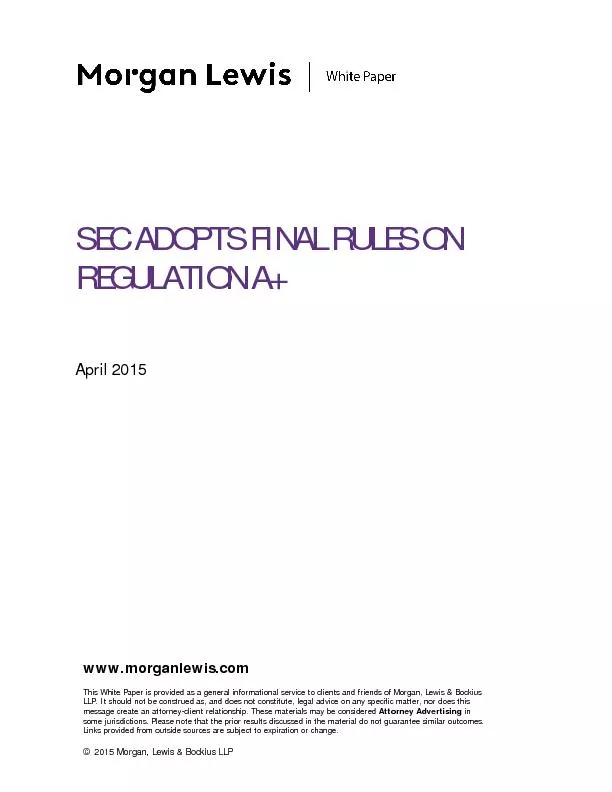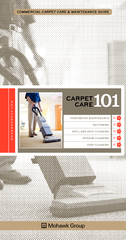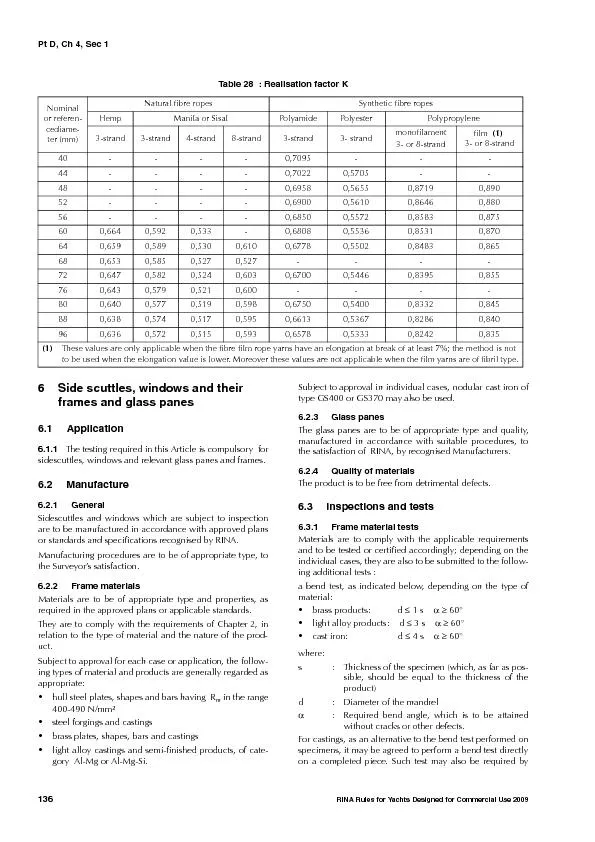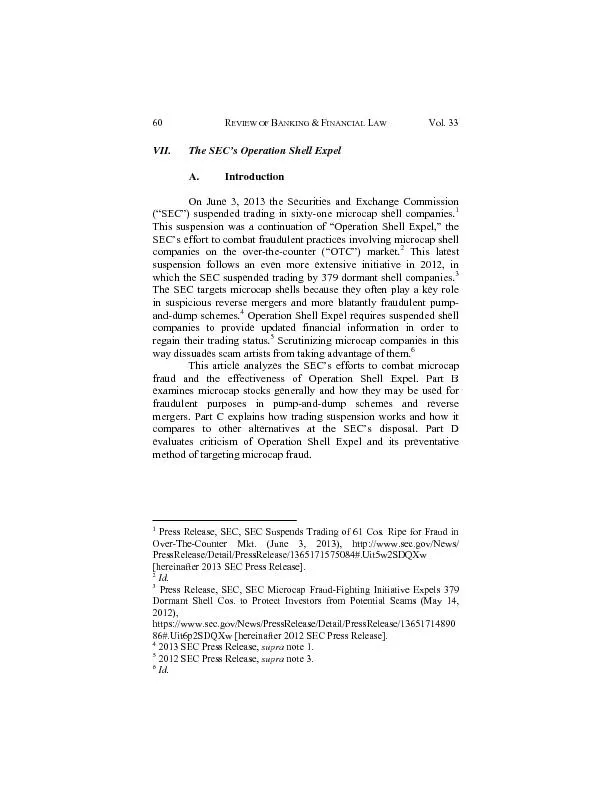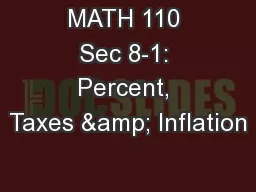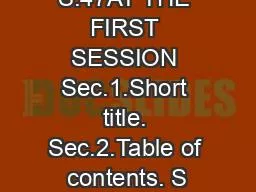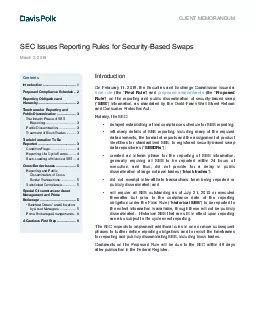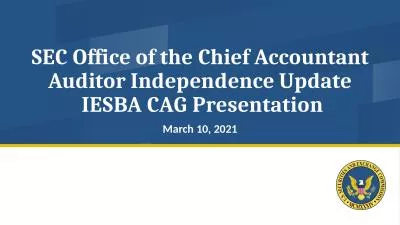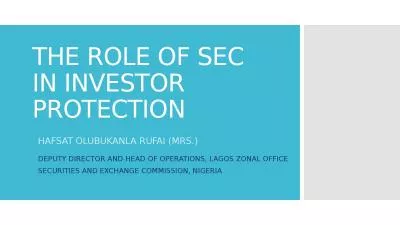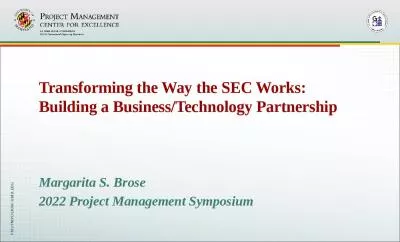PDF-SEC ADOPTS FINAL RULES ON
Author : sherrill-nordquist | Published Date : 2016-10-02
REGULATION A April 2015 wwwmorganlewiscom This White Paper is provided as a general informational service to clients and friends of Morgan Lewis Bockius LLP It should
Presentation Embed Code
Download Presentation
Download Presentation The PPT/PDF document "SEC ADOPTS FINAL RULES ON" is the property of its rightful owner. Permission is granted to download and print the materials on this website for personal, non-commercial use only, and to display it on your personal computer provided you do not modify the materials and that you retain all copyright notices contained in the materials. By downloading content from our website, you accept the terms of this agreement.
SEC ADOPTS FINAL RULES ON: Transcript
Download Rules Of Document
"SEC ADOPTS FINAL RULES ON"The content belongs to its owner. You may download and print it for personal use, without modification, and keep all copyright notices. By downloading, you agree to these terms.
Related Documents

